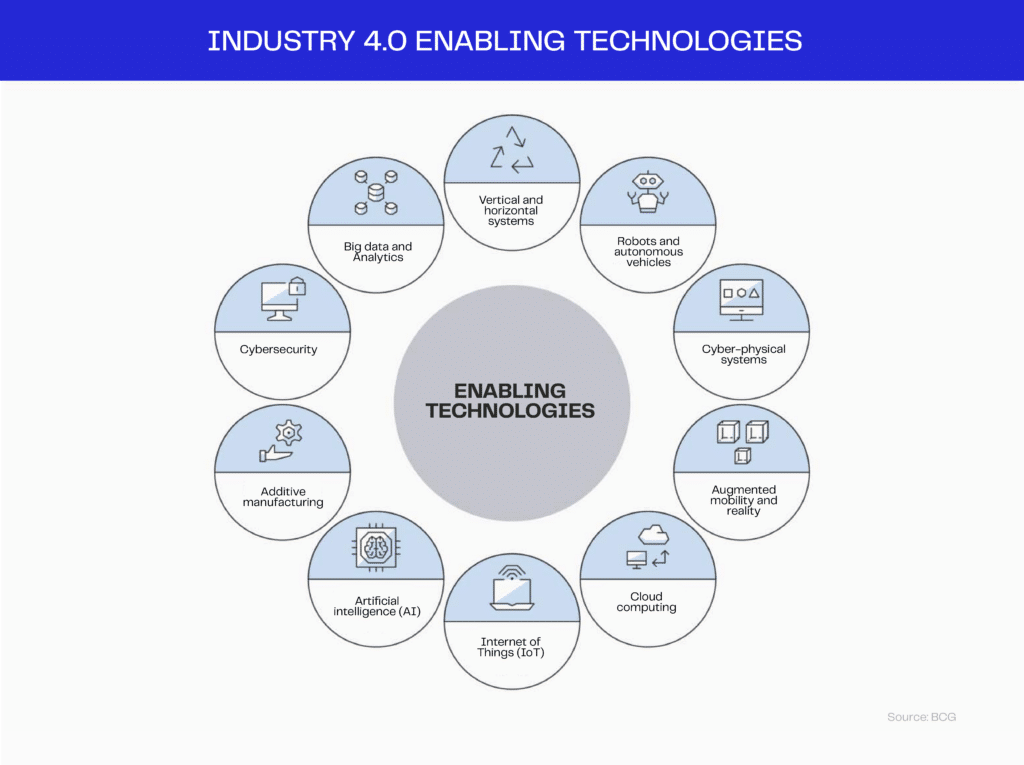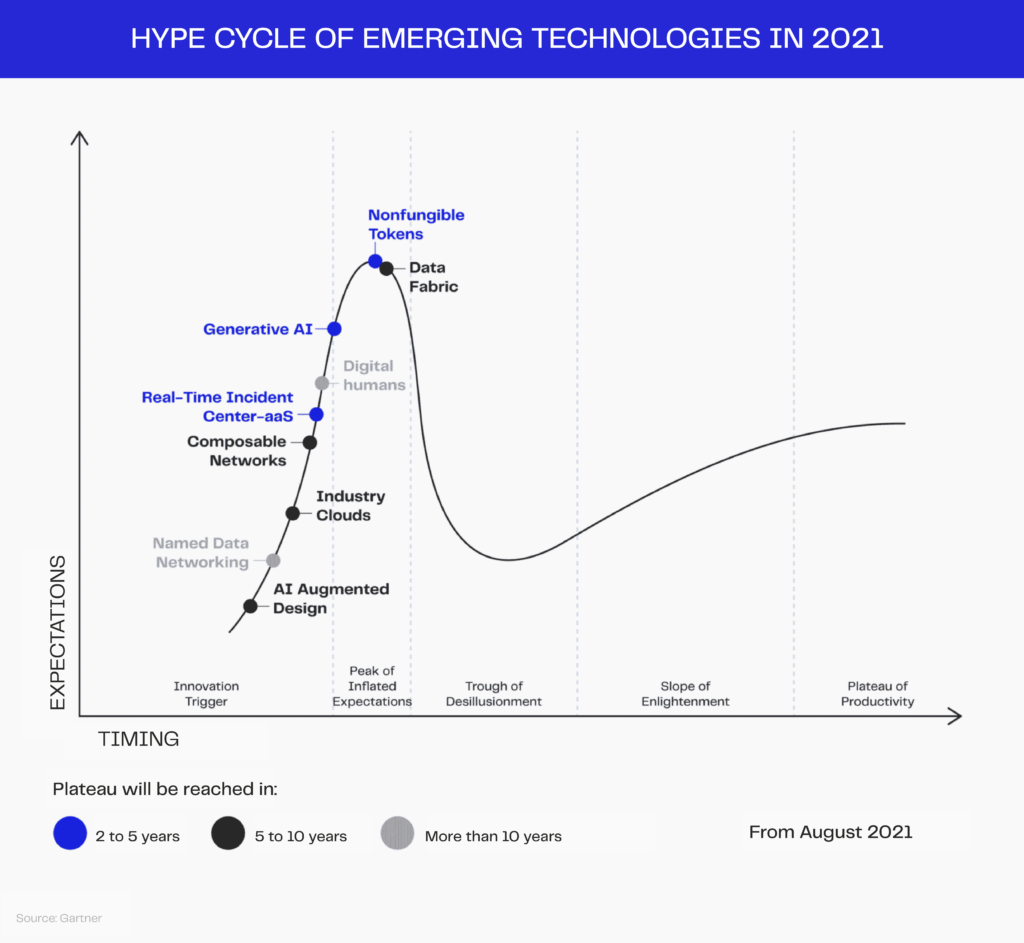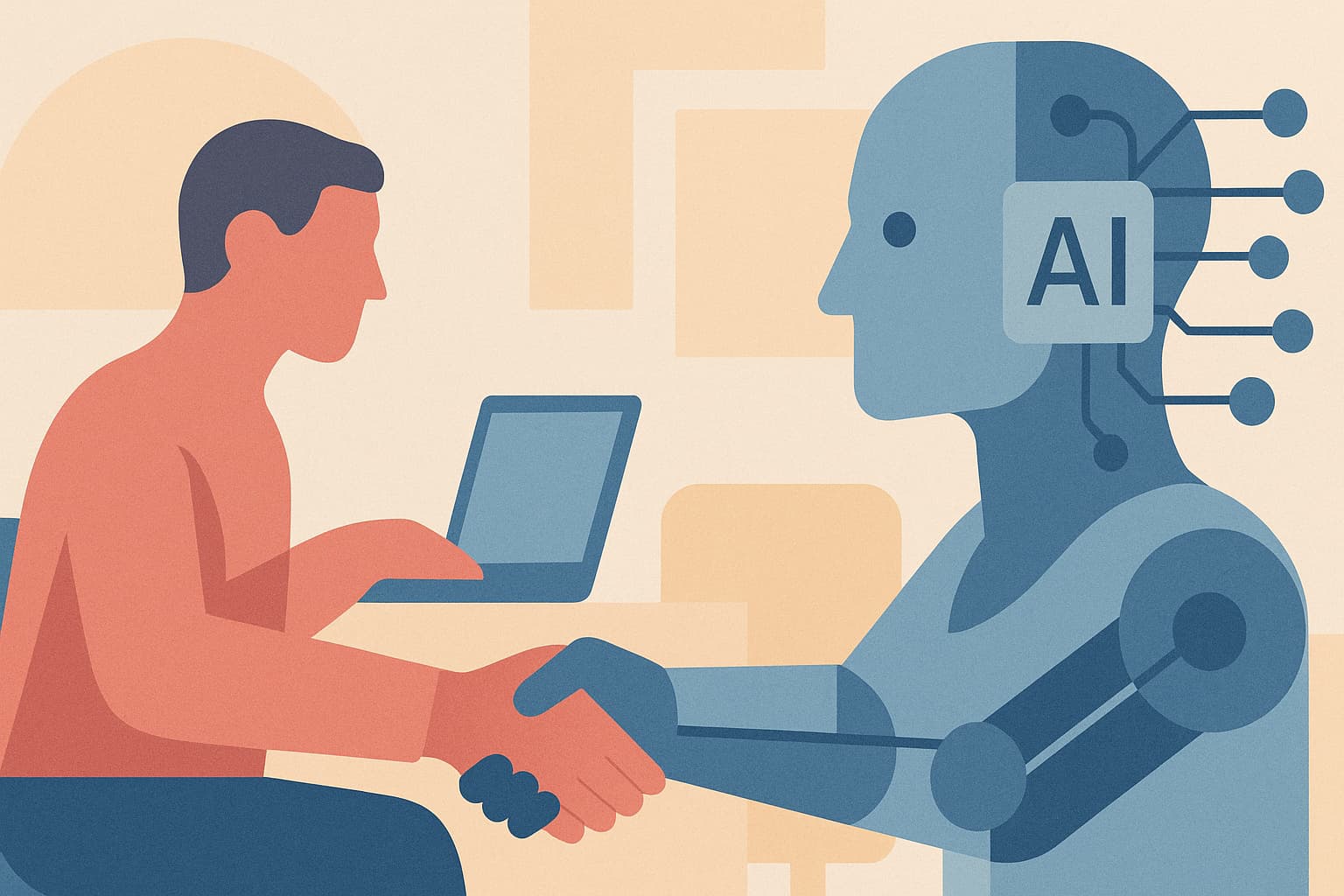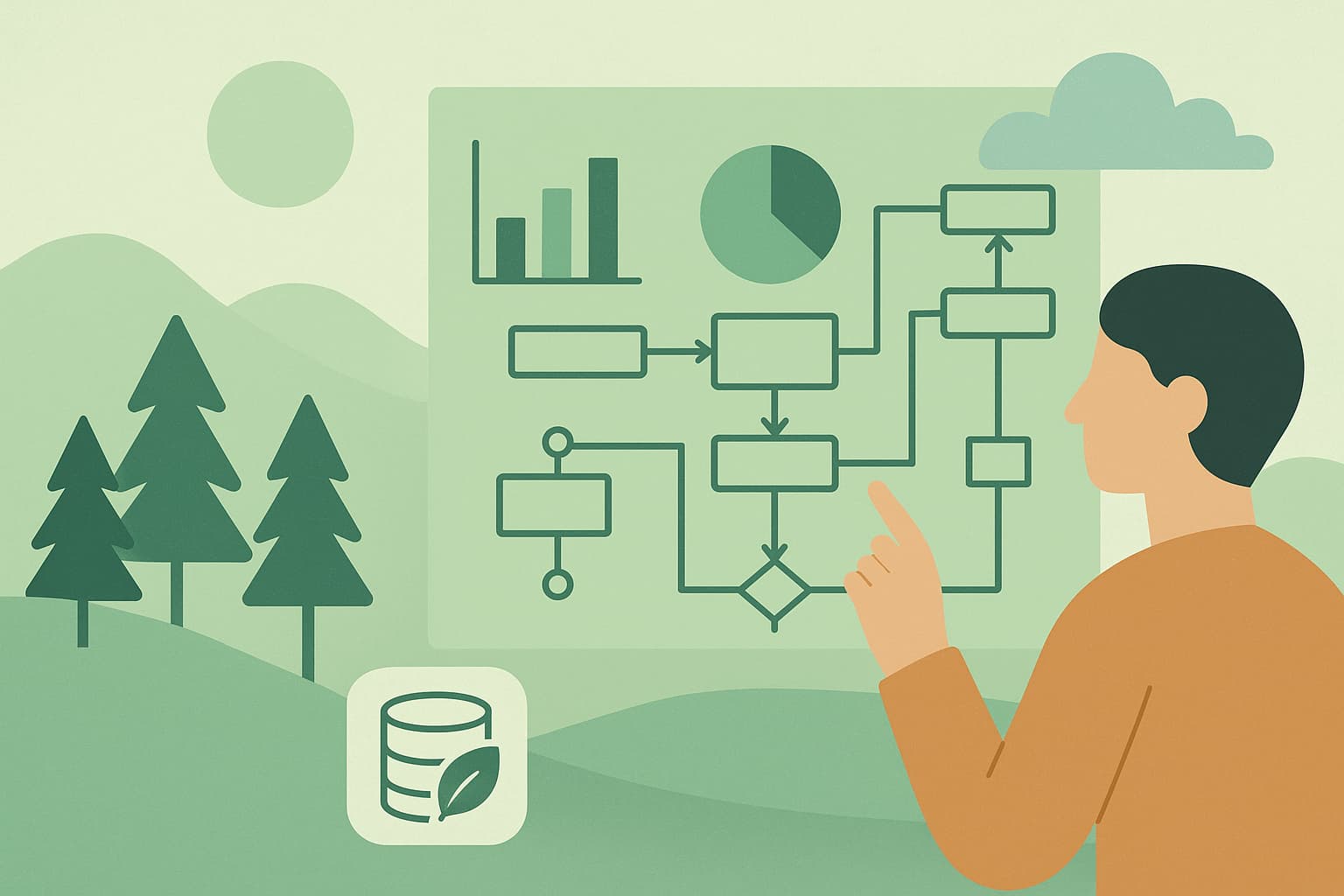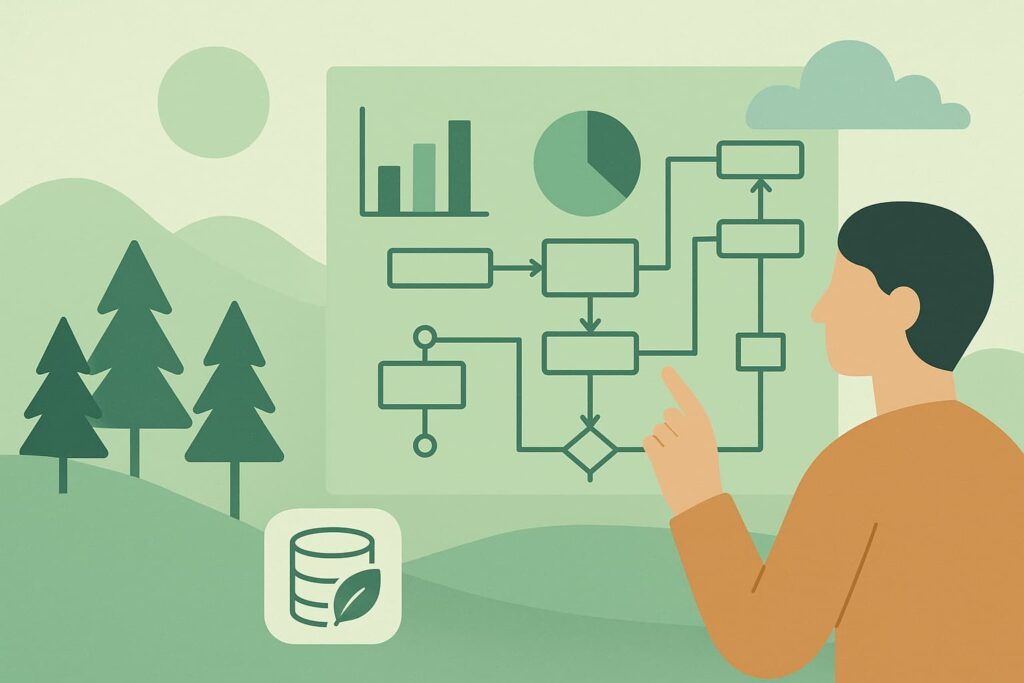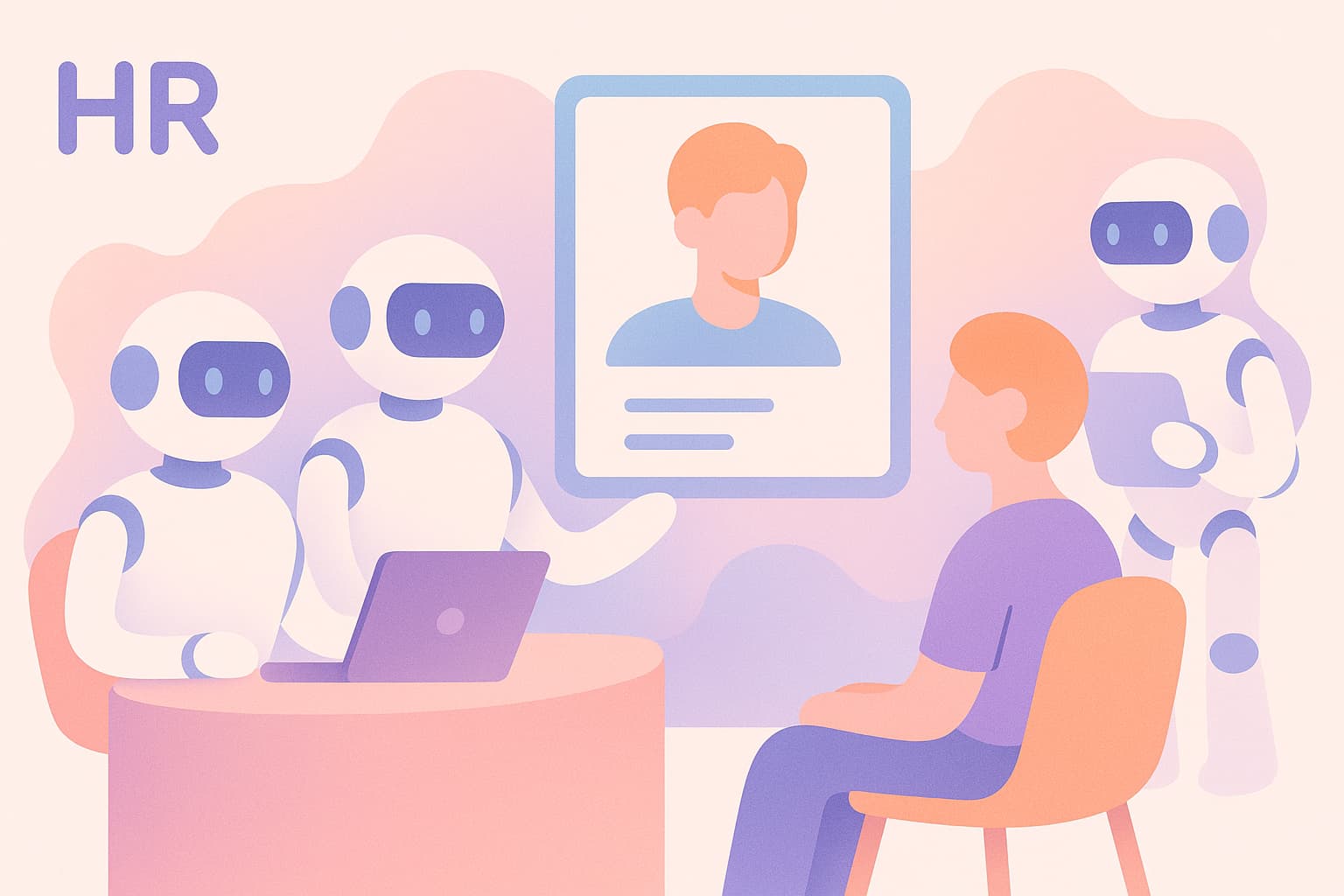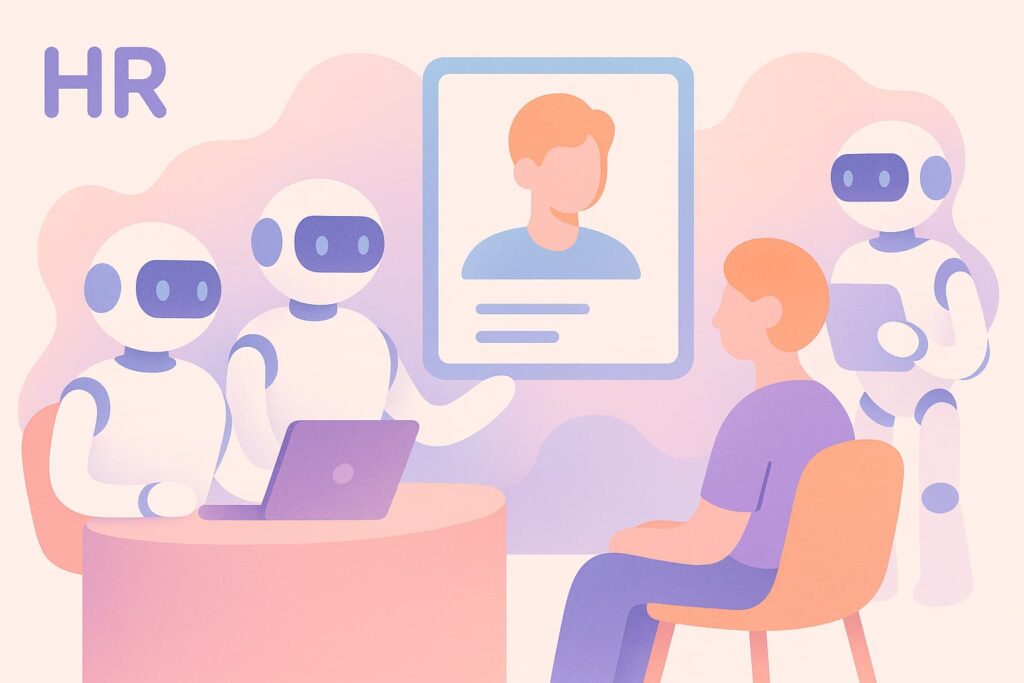By EloInsights, in collaboration with Thiago Leite
- The Brazilian industry is maturing by embracing new digital technologies, such as advanced analytics, artificial intelligence and robotization.
- The adoption of so-called Industry 4.0 solutions to tackle business challenges is beginning to gain traction in the country.
- Unlocking the potential of these enabling technologies requires using them as a lens to see opportunities in different contexts.
This is the first article in a series of two introductory texts on Industry 4.0 from EloGroup.
Despite already being a reality in Brazil, the use of digital technologies in industry as a way of perfecting processes and making gains in production is still in its first steps. According to the Industry 4.0 Special Survey by the National Confederation of Industry (CNI), data from 2016 to 2021, 69% of national industries use at least one type of digital technology.
However, this use is still limited, with only 7% of the organizations surveyed using more than ten types of digital solutions. Although quantity is not synonymous with strategic use of technology, as we will see later in this article, the CNI highlights these figures as a symptom of an embryonic process of digitalization.
But what is Industry 4.0 anyway?
This is a term that has gained traction in recent years as innovations in the field of artificial intelligence, advanced analytics, the internet of things and robotization have been applied to industry as a way of bringing gains to it. Industry 4.0 can therefore be defined as the integration of different enabling technologies with typical operational challenges to generate positive impacts on the business.
Some of the main technologies of Industry 4.0 are:
- Advanced analytics, artificial intelligence and big data as tools for analyzing large volumes of data and finding solutions to operational problems, involving, for example, machinery and other industrial plant assets;
- Robots and autonomous vehicles to help carry out manual tasks and, thus, reduce errors and/or the exposure of humans on the shop floor;
- The use of cyber-physical systems to stand for the reality of the physical world in digital environments, where simulations and predictions can be made, as in the case of digital twins, which function as copies of a given system in a virtual environment; and
- The use of cloud computing to guarantee the on-demand availability of computing resources, such as data storage, in a more flexible way and without the need for direct active management by the user.
These are just a few of the enabling technologies that have been applied to solve major industry challenges; we can also include additive manufacturing (with 3D printing to speed up prototyping, for example), cybersecurity tools to ensure greater control and protection of digital environments, data integration systems, etc. in this list.
What they all have in common is the potential to give industry a significant increase in the productivity and quality of products and services, as well as reducing production costs, making decision-making less subjective and increasing safety in the workplace. But this will only be possible through the strategic and conscious use of these technologies, depending on the characteristics and specificities of each business, as we will see below.
According to Thiago Leite, senior manager at EloGroup, the current moment is also characterized by the industry taking a leading role in the use of these recent technologies, as opposed to a previous reality in which these solutions came from external suppliers.
“The technology, the use cases and the problem-solving generally came from partners, but, at a certain point, the industry itself became deeply aware of its challenges”, explains Leite.
For him, the movement is intensifying in basic industries, such as steel and basic materials (paper, cellulose, plastics), and this is beginning to generate new needs, related to means of governance, on how to identify the main problems and on how to justify high investments within the financial reality of each organization.
This situation is reflected in the CNI study, which reveals the biggest internal barriers to adopting innovative technologies: the inflated cost of implementation, the structure and culture of companies, the lack of clarity in defining the return on investment and the scarcity of technical knowledge about digital technologies.
Therefore, it can be seen that today’s leaders are facing issues related to the maturing of the use of these innovative technologies. Resolving these obstacles is linked to the fundamentals of digital transformation and the adoption of a TAM approach, which integrates technology, advanced analytics and management.
Knowing the enabling technologies of Industry 4.0 should be just one element of the equation; they need to be seen as lenses that allow opportunities to be seen that can lead to gains for organizations.
Technology as a lens on industry
Thus, it is not enough to apply technologies such as advanced analytics, robots or cloud computing in isolation. Much less get carried away by the latest market buzzwords.
Unlocking the value of Industry 4.0 requires finding out how these technologies can bring opportunities to each business, within its specific characteristics.
“Each industry needs to understand the main problems it wants to solve through the lens of technology. None of them will solve all the issues; you must test a lot within each context to understand what will really generate value”, states Leite.
An example can be seen from the pulp and paper industry, involving the vertical integration of technology at the various levels of an organization: paper is sold in different weights, depending on the orders given by the sales department. It so happens that every time there is a change in the grammage produced, this results in machine downtime and, consequently, production losses (the losses are greater as the grammage changes more abruptly).
A possible solution, involving enabling technologies, would be to apply artificial intelligence models, fed by data obtained from machinery, order books and commercial policies (price and delivery time), reducing equipment downtime by optimizing the production schedule and sequencing.
This situation proves how each industry will meet a specific set of challenges, which can only be overcome if they are equipped with the enabling technologies to see diverse ways of applying them. Business problems need to be seen through the lens of technology and, for this to happen, the team must be ready to change its working logic.
Another point to realize is that the life cycle of emerging technologies can be extremely dynamic, and having this understanding helps inform decision-making on how to adopt them.
The hype cycle, established by Gartner, is an example of a useful tool in this regard: it shows, on a graph, the stage of each advent – from the beginning of the curve, when they are still a mere market bet, through the peak of expectations, falling into a valley and then settling on a plateau – at which point they are already employed in various use cases.
But the transition to making an organization able to use the lens of technology and unlock the potential gains of Industry 4.0 is not simple; it requires a profound change in mindset and culture, which involves training teams, as well as creating solid organizational foundations, establishing governance and devices such as centers of excellence (CoE), for example, to “ground” this new reality.
In the next article in this introductory series on Industry 4.0, we will cover these topics, plus the challenges of IT/OT integration in industry.
THIAGO LEITE works as Senior Manager at EloGroup.
